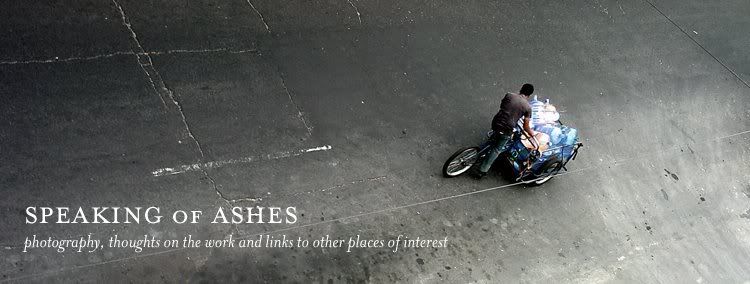Barbarism
 Winkleman had me thinking a little bit and I started spinning around for thoughts on transgression and luckily decided to see what is up with Kuspit lately. Chapter 4 is about the 1930s, mostly Paul Klee and lovely old Jackson Pollock. He ends up giving kudos to Minimalism and Pop Art, thankfully, but I fear Kuspit relates quite strongly to the despair that Klee obviously felt toward the end.
Winkleman had me thinking a little bit and I started spinning around for thoughts on transgression and luckily decided to see what is up with Kuspit lately. Chapter 4 is about the 1930s, mostly Paul Klee and lovely old Jackson Pollock. He ends up giving kudos to Minimalism and Pop Art, thankfully, but I fear Kuspit relates quite strongly to the despair that Klee obviously felt toward the end.
...but Europe caught up with him, and outdid his primitivism with its barbarism. The new esthetic primitivism that had flourished since Cézanne, becoming explicit in Expressionism and abstraction, was no match for the age-old forces of inhuman barbarity; like a frail flower, it was easy to stamp out, which is what Hitler’s boots attempted to do.And that's sort of what makes reading Winkleman feel a little silly. We're the people being transgressed against here. The idea of Chelsea showing transgressive art is just so far off the map, it would be like network news reporting the truth, the whole truth, like the repeal of the 1996 telecommunications act.
Transgressive art is what we're all about. And I doubt those Williamsburg eyes have ever gazed upon it, but it is always striking from the first moment. I suppose glazed over eyes art-industry eyes would find it rather dull but it is happening all over and it takes very little commentary to see it.


No comments:
Post a Comment